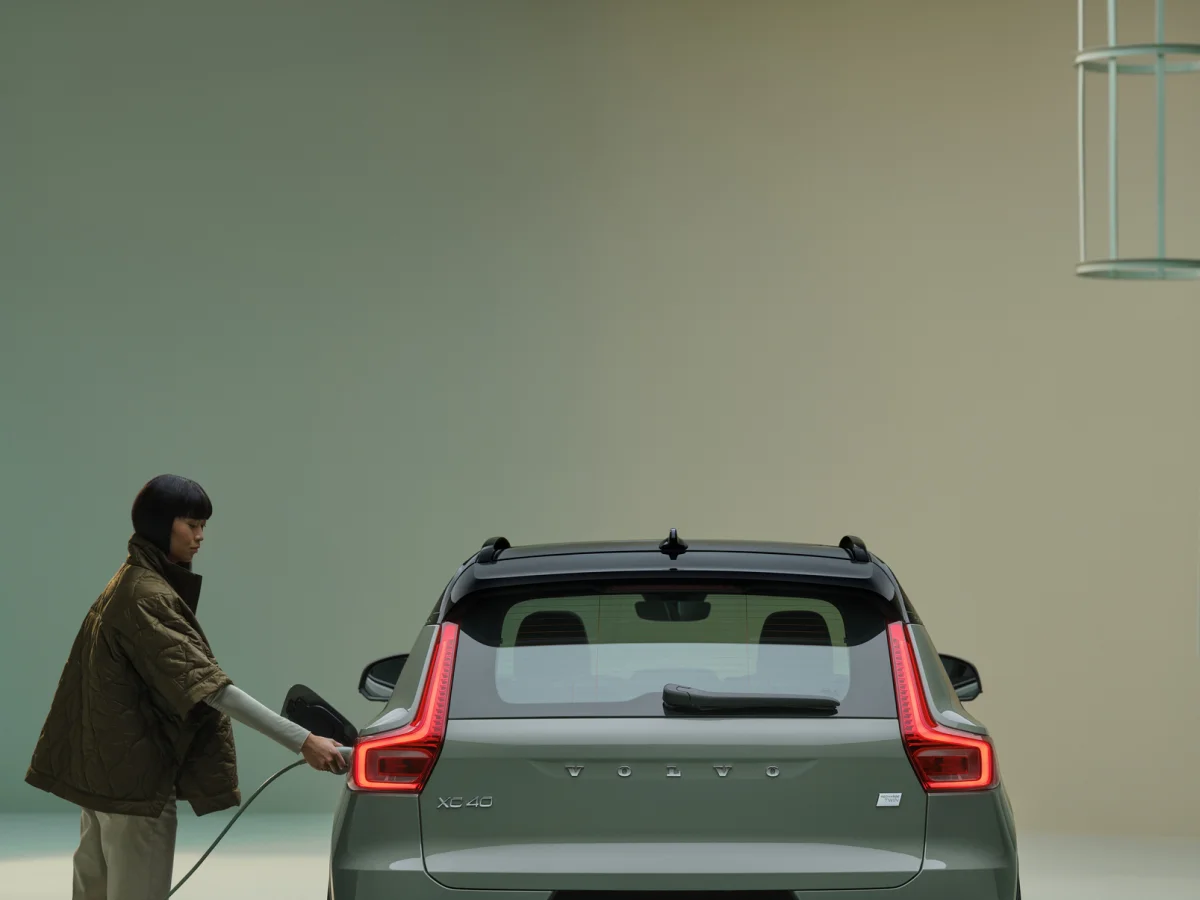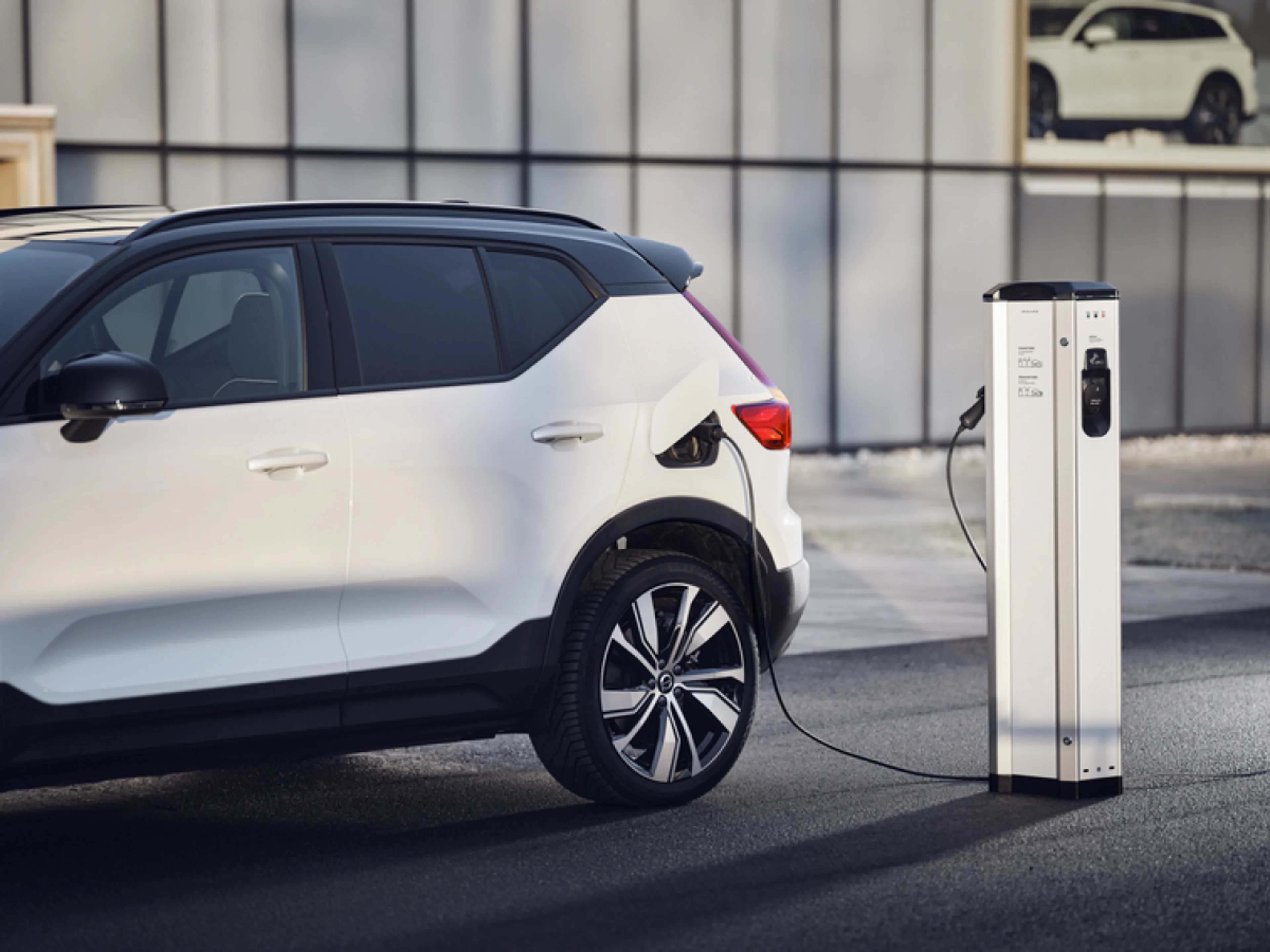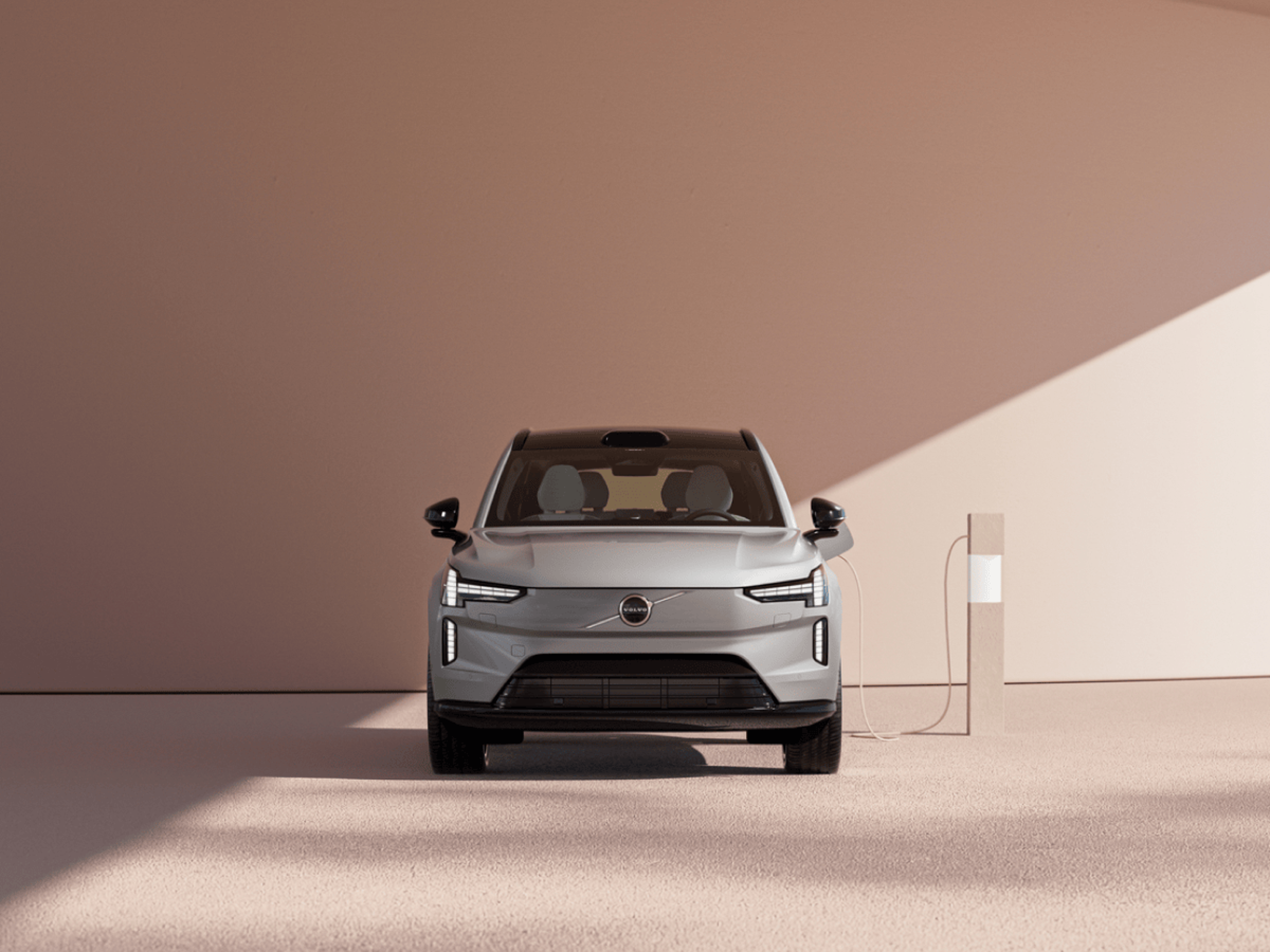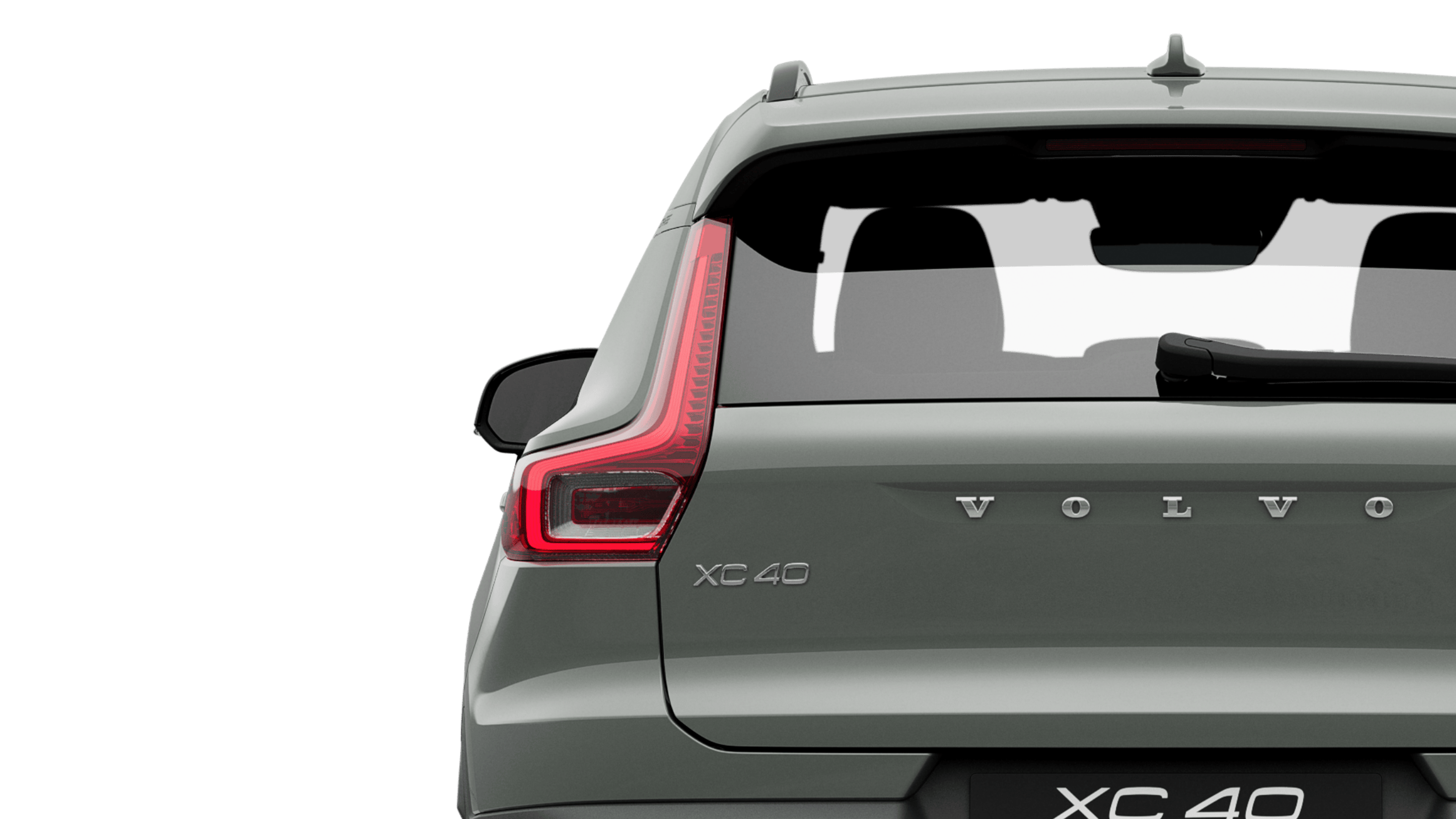Costs of charging a Volvo electric car at home
The cost of charging an electric car is, for many, a smarter long-term choice than alternative fuels such as petrol and diesel.
10 000km
2,00R/kwh

Our tool can help you calculate approximate charging costs for an electric Volvo car. Just use the sliders to add your yearly mileage and household energy costs per unit.
* The charging cost is an estimate based on tests and calculations by Volvo Cars for the XC40 Recharge Twin and XC60 Recharge. Energy consumptions depends on many factors such as driving conditions, driving style, climate etc. It is not possible to guarantee an exact figure.





